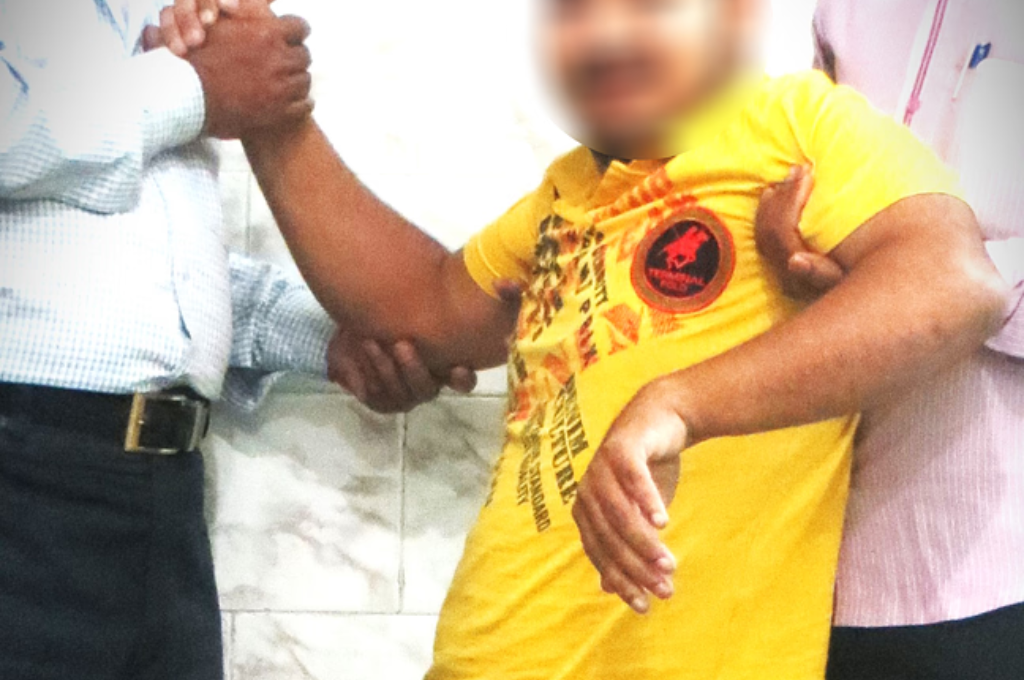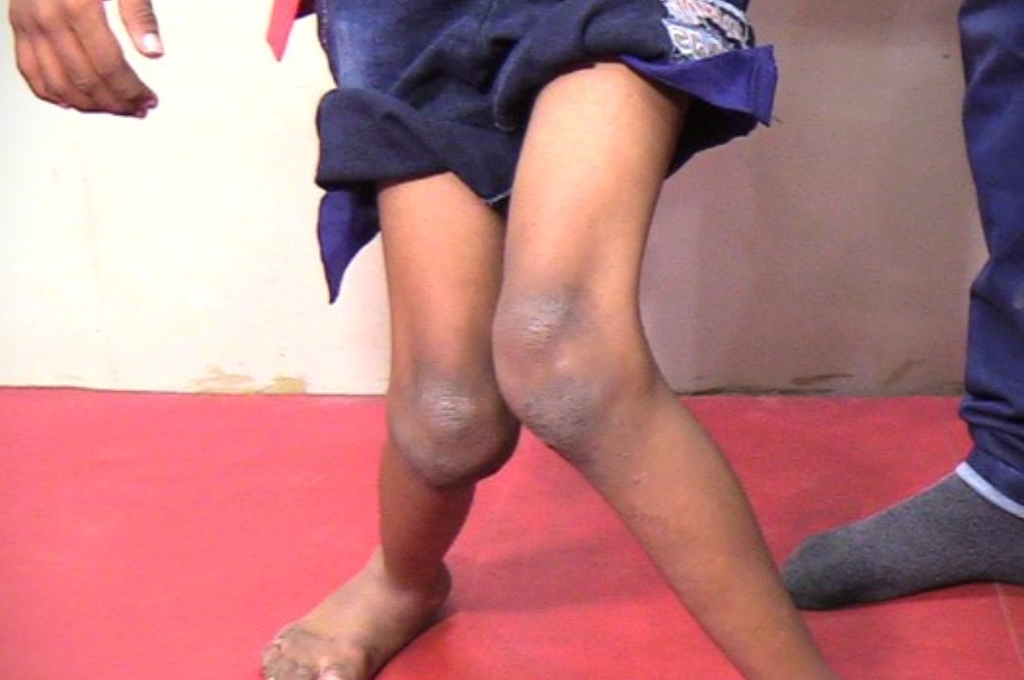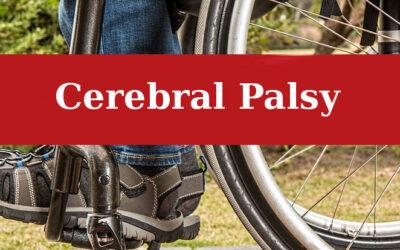Understanding Cerebral Palsy Falling Issues
Cerebral palsy is a group of permanent movement disorders that appear in early childhood. It affects muscle tone, posture, and movement due to abnormal brain development or damage. The symptoms and severity vary widely but commonly include spasticity, muscle weakness, tremors, and impaired coordination. These factors contribute significantly to the heightened risk of falls and injuries.
Key Factors Contributing to Falls in CP
Muscle Spasticity and Weakness
CP is often characterized by involuntary muscle contractions (spasticity) and generalized muscle weakness. These conditions disrupt voluntary muscle control, making it challenging to perform smooth, coordinated movements. This lack of control can lead to sudden falls during attempts to move or change positions.
Balance and Coordination Difficulties
Individuals with CP may struggle with balance and coordination due to abnormal muscle tone and brain-muscle communication issues. This difficulty in maintaining equilibrium and coordinating movements makes them more susceptible to falls, especially on uneven surfaces or when making sudden moves.
Gait Abnormalities
Gait refers to the manner of walking, which, in CP, can be affected by spasticity, muscle weakness, and coordination problems. These abnormalities can result in an irregular, unsteady walking pattern that increases the likelihood of tripping and falling.
Sensory Impairments
CP can be accompanied by impairments in vision, hearing, and touch, affecting an individual’s spatial awareness and ability to react to environmental hazards. Difficulty in accurately perceiving one’s surroundings or changes in terrain can lead to missteps and falls.
Cognitive Challenges
Some individuals with CP experience cognitive impairments that can affect their judgment and awareness of potential fall risks. This can result in difficulty recognizing hazards or making safe decisions in navigating their environment.
Comprehensive Strategies to Prevent Falls
Physical and Occupational Therapy
Tailored Exercise Programs
Customized programs focusing on strengthening, stretching, and balance exercises can significantly improve muscle function and stability and reduce the risk of falls.
Gait Training
This specialized training aims to improve walking patterns, making movements more stable and reducing the chances of tripping.
Sensory Integration Therapy
This therapy helps individuals better process and respond to sensory information, developing more effective responses to environmental cues and hazards.
Assistive Devices and Technology Mobility Aids
Devices such as canes, walkers, and wheelchairs provide crucial support and stability for those with CP, aiding in safer movement.
Orthotic Devices
Braces and splints help align limbs, improve gait patterns, and support weaker body parts.
Adaptive Equipment
Customized seating, standing, and bathing equipment can significantly enhance safety and independence by reducing fall risks in daily activities.
Environmental Adaptations
Home Modifications
Implementing non-slip mats, installing handrails, and maintaining clutter-free pathways and wide gaits are essential to minimize fall hazards in the living environment.
Accessible Design
Features like wheelchair ramps, lifts, and adjustable furniture cater to the mobility needs of individuals with CP, fostering a safer and more accessible environment.
Safety and Awareness Education
Fall Prevention Training
Educating individuals with CP and their caregivers on identifying fall risks and practicing safe movement can significantly reduce the incidence of falls.
Emergency Response
Training on safe falling techniques and getting up or calling for help after a fall is crucial for minimizing injury and ensuring prompt assistance.
Nutritional and Medical Management
Bone Health
Adequate nutrition and appropriate medical interventions to support bone health are vital in reducing the severity of falls’ injuries. Bone health should be checked by getting a Dexa BMD.
Medication Review
Regularly assessing and adjusting medications that might impair balance or alertness can help prevent falls.
Psychological Support
Coping Strategies
Psychological support for managing the fear of falling is essential, as it can impact an individual’s willingness to engage in activities.
Confidence Building
Activities promoting participation and enhancing self-esteem are essential for building the confidence to navigate the environment safely.
Role of Technology in Fall Prevention
Wearable Sensors
These devices can monitor movement patterns and alert individuals or caregivers to fall risks, providing real-time feedback to prevent falls.
Virtual Reality (VR) Training
VR can simulate various environments and scenarios, offering a safe space to practice balance and navigation skills.
Mobile Applications
Apps that provide exercises, reminders, and fall prevention tips can be valuable tools in supporting individuals with CP in their daily routines.
Falling Risks in Various Types of Cerebral Palsy
Falling in various types of cerebral palsy (CP) requires an understanding that CP is a group of disorders affecting movement control and muscle tone or posture due to damage to the developing brain. CP is categorized into several types, each with distinct characteristics. The risk and nature of falls can vary significantly across these types due to differences in muscle control, coordination, and mobility challenges. Here’s how falling concerns manifest across different types of cerebral palsy.
1. Spastic Cerebral Palsy
Characteristics
This is the most common CP type, characterized by stiff muscles and exaggerated reflexes (spasticity), affecting one side of the body (hemiplegia), both legs (diplegia), or all four limbs and the torso (quadriplegia).
Falling Concerns
Individuals with spastic CP may experience falls due to muscle stiffness, poor balance, and jerky movements. Balance may be compromised, especially for those with quadriplegia & diplegia, as uneven muscle tone can affect walking patterns, leading to trips and falls.
2. Dyskinetic Cerebral Palsy (Athetoid)
Characteristics
This type involves fluctuating muscle tone and involuntary movements, which can be slow and writhing (athetosis) or rapid and jerky (chorea).
Falling Concerns
The unpredictable nature of muscle tone and movement in dyskinetic CP creates a new challenge in maintaining balance. Sudden involuntary movements can disrupt stability & increase the risk of unexpected falls.
3. Ataxic Cerebral Palsy
Characteristics
Ataxic CP is less common and primarily affects balance and depth perception. Individuals may have a wide-based gait and trouble with quick or precise movements.
Falling Concerns
Due to difficulties with coordination and balance, individuals with ataxic CP are particularly prone to falls, especially when navigating uneven surfaces or performing tasks requiring fine motor skills.
4. Mixed Cerebral Palsy
Characteristics
Some individuals exhibit symptoms of more than one type of CP, such as a combination of spastic and dyskinetic movements.
Falling Concerns
The risk of falls in mixed cerebral palsy is compounded by symptoms, such as muscle stiffness from spasticity and involuntary movements from dyskinesia, making fall prevention and management more complex.
5. Atonic Cerebral Palsy
Characteristics
Atonic cerebral palsy is characterized by a significant decrease in muscle tone, leading to floppy limbs and difficulty maintaining posture.
Falling Concerns
The lack of muscle tone makes it hard for individuals to support their body weight, leading to a higher risk of collapses or “drop” attacks.
6. Dystonic Cerebral Palsy
Characteristics
This type involves sustained muscle contractions that result in twisting movements or abnormal postures.
Falling Concerns
Involuntary muscle contractions and postures can disrupt balance without warning, increasing the risk of falls and causing neurological injury.
7. Hypertonic Cerebral Palsy
Characteristics
Hypertonic cerebral palsy refers to increased muscle tone, leading to stiffness and rigidity in the affected limbs.
Falling Concerns
Similar to spastic cerebral palsy, hypertonicity can impair movement and coordination, making falls more likely due to stiff movements and poor balance.
8. Spastic Quadriplegia Cerebral Palsy
Characteristics
This severe form of spastic CP affects all four limbs and the torso, often accompanied by intellectual disabilities.
Falling Concerns
With extensive body involvement, individuals with spastic quadriplegia cerebral palsy have significant challenges with mobility and are highly susceptible to falls, even in minimally challenging environments.
Conclusion
Falls are a significant concern for individuals with cerebral palsy, but with the proper support and interventions, their frequency and impact can be minimized. Trishla Foundation is dedicated to providing the necessary resources, expertise, and care to ensure that individuals with CP can lead safer, more active, and fulfilling lives. Please get in touch with us for more information about our services and how we can help. Together, we can work towards a future where individuals with cerebral palsy have the support they need to navigate the challenges they face, including the risk of falls.



